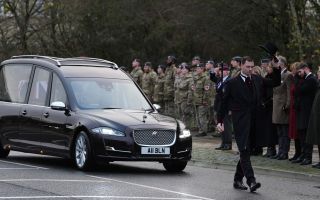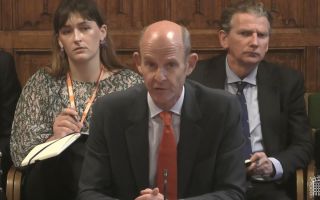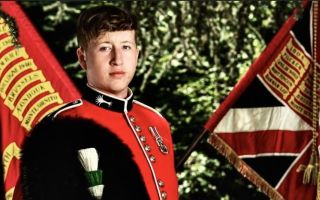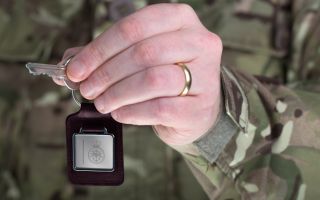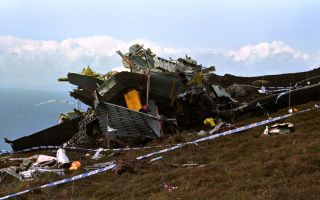Soldier's 'surreal' memories of Lockerbie bombing tragedy
Thirty-three years on from Britain's deadliest terrorist attack, a retired soldier has described the "surreal" scenes he faced as the search for victims and wreckage unfolded in the hours following the Lockerbie bombing.
For decades, the focus has rightly been on the victims' families. Yet, a hidden story exists beyond them among those who responded on the ground, including the emergency services and soldiers who were sent to the crash site.
Here, with candid recollections and details some readers might find distressing, we explore the events of that fateful night in December 1988 and how those involved all these years later still feel its ramifications.
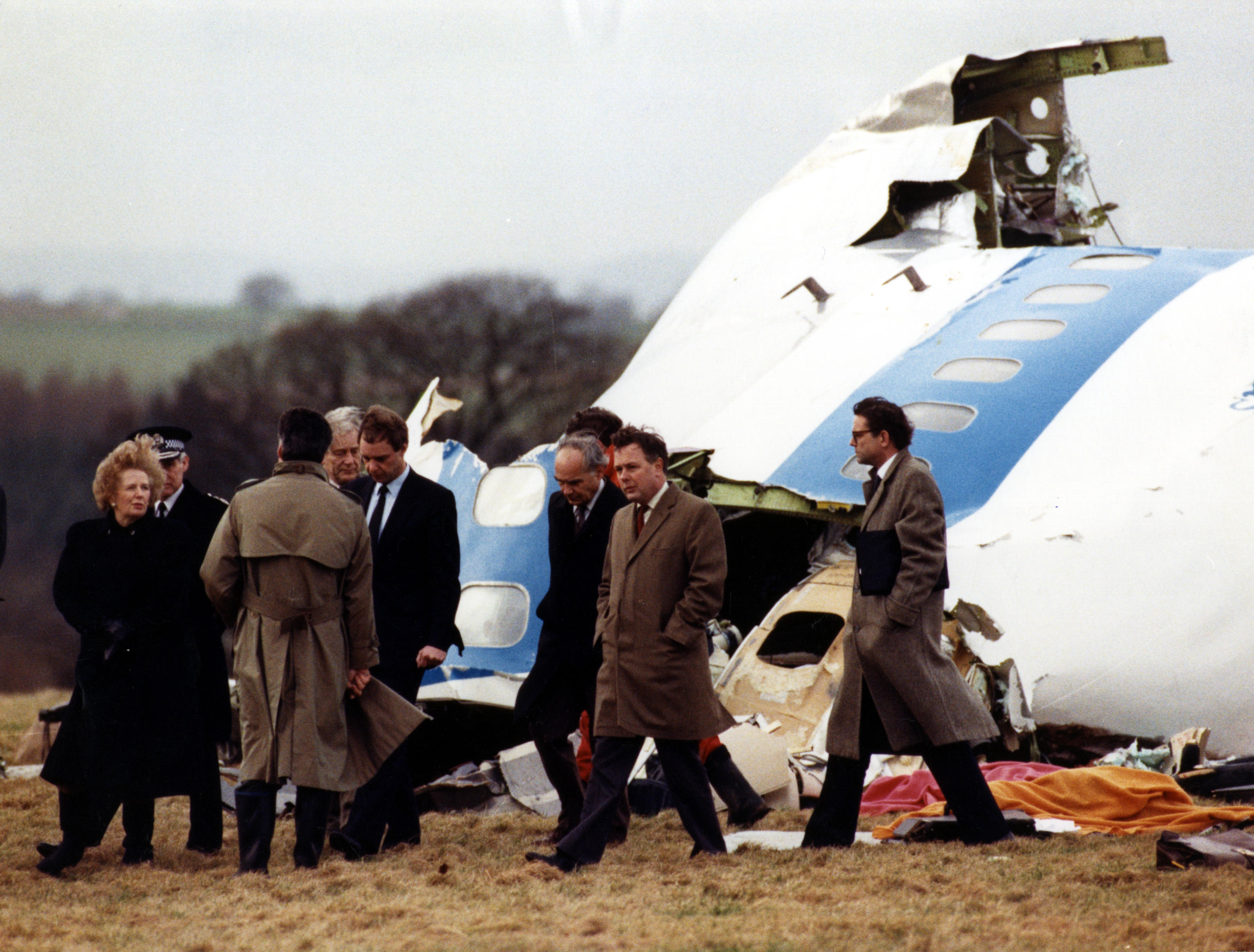
Pan Am flight 103 pushed back from its stand at London's Heathrow Airport shortly after 6pm on Wednesday, December 21, 1988.
Twenty minutes later, the Boeing 747's lifted off, and the aircraft headed north on its long journey to New York. With Christmas just days away, many of the passengers were heading home to reunite with family for the holidays.
Those festive reunions would never happen.
Less than an hour into the flight, the plane exploded mid-air killing everyone onboard. It had been caused by a bomb, placed into the hold by a terrorist, who, 12 years later, would finally face justice for the attack.
That night, Willie Reid sat in his married quarters' living room when a news flash about an aeroplane crash caught his attention. The 22-year-old, serving with the Royal Highland Fusiliers, was based in Edinburgh. Speaking about the disaster, he recalled:
"I turned to my wife and said 'what's the betting we get called out to this?'"
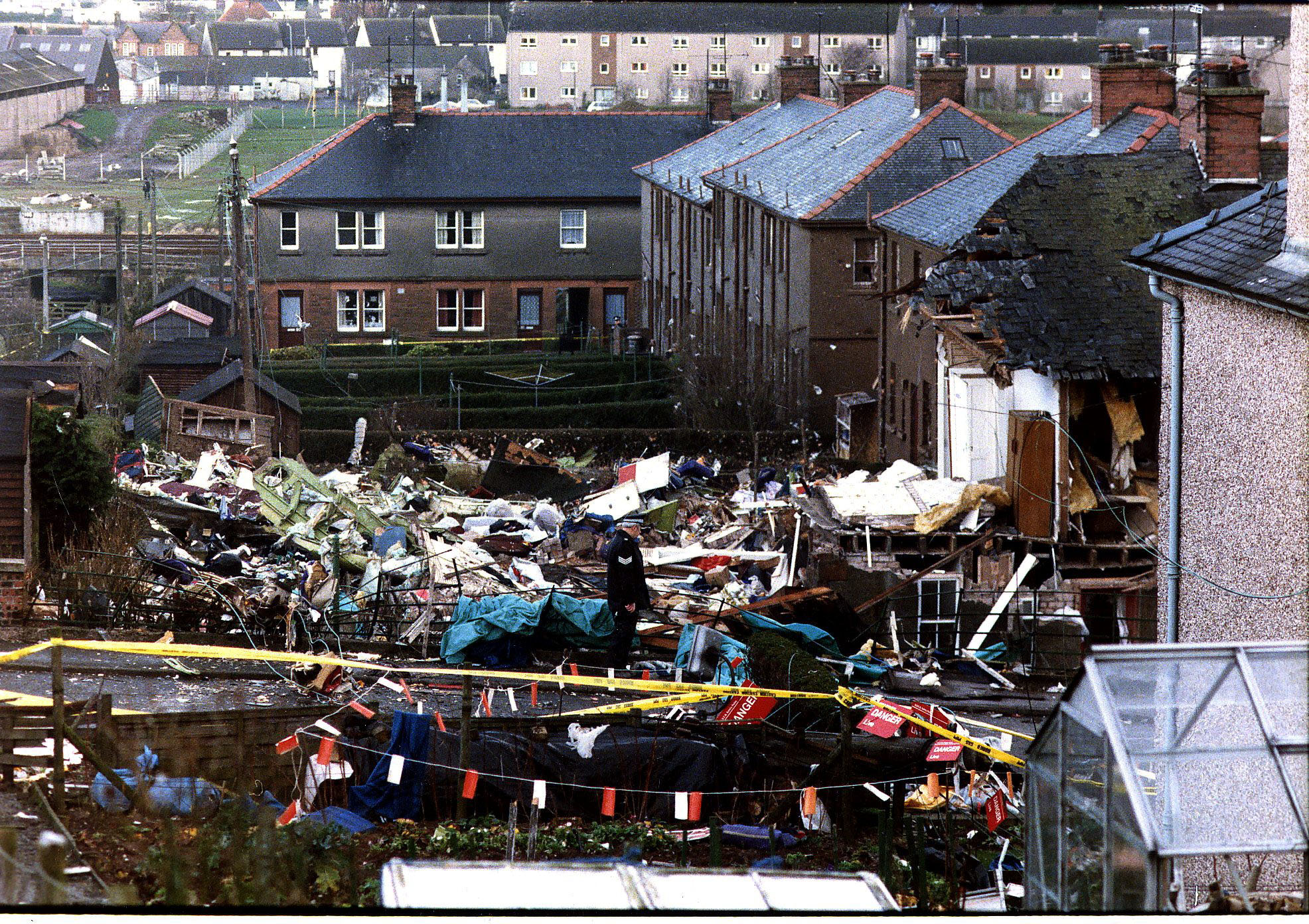
Shortly after, Willie was on a coach alongside dozens of his Army colleagues, unsure about what the following hours and days held in store. The details, although not scarce, had been limited: a 747 en route to New York, the crash had happened in a built-up area, casualties were likely, fatalities inevitable.
Ignorant to the men at the time was the extent of the destruction caused by the bomb. The remains of the aircraft, including thousands of pieces of debris, jumbo jet engines, an almost intact wing and 259 bodies, had rained down on the town five and a half miles below. The worst of it had hit a single street: Sherwood Crescent. There, some houses were obliterated. Others caught fire and were damaged beyond repair. Eleven more had lost their lives on the ground. The bodies of two were never recovered.
Willie remembered the scenes as he arrived in Lockerbie just a couple of hours after the bomb exploded:
"It was quite surreal.
"My most vivid memory is an aeroplane engine embedded in the road next to the primary school, and lots of journalists … there was a hell of a lot of journalists.
"My initial task was driving a Land Rover around the local areas where bodies had been found and transporting them to Lockerbie Town Hall which was being used a mortuary."
"The scale of it all was huge."
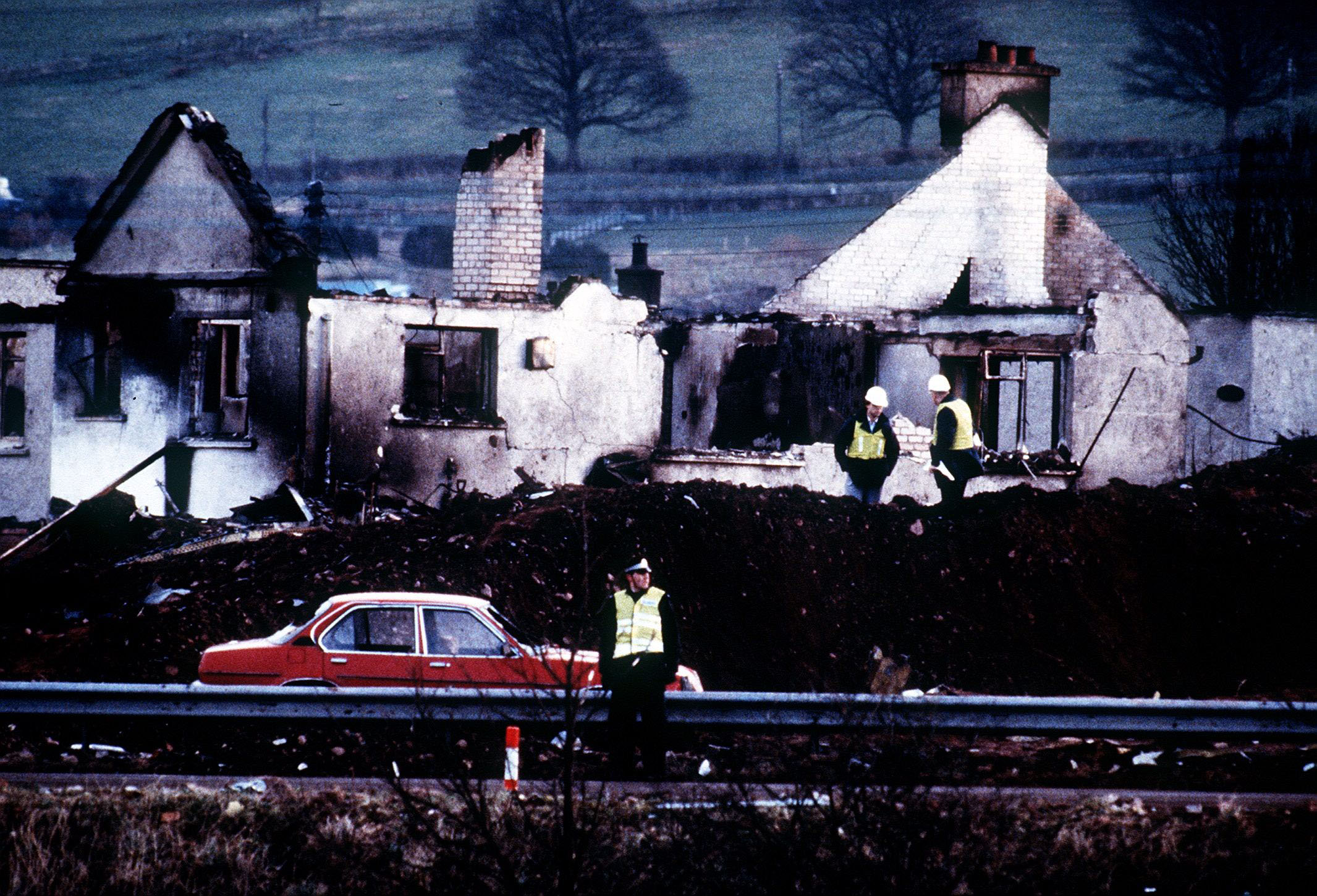
Willie added:
"They then opened up the ice rink and I ended up working there. I had to tag the bodies.
"They were coming in in body bags, and it was a case of opening them up and numbering them. It was almost like a conveyer belt system getting them up to the town hall to be examined and whatever official things that had to be done, and then they would be brought back and placed into a separate part of the ice rink."
Pan Am's primary transatlantic flight was scheduled daily. It formed part of a larger journey; many passengers boarded at Frankfurt, with the London stopover placed on the route to pick up more passengers. Pan Am also changed aircraft at Heathrow, moving travellers onto the fleet's workhorse, a Boeing 747. Working on board that night were 11 crew members under the command of Captain James B. MacQuarrie, a former US Navy pilot. The passenger roster included some notable personalities: Irish Olympic sailor Peter Dix, Cockney Rebel band member Paul Jeffreys, the UN Commissioner for Namibia, Bernt Carlsson, and the CIA's Deputy Station Chief in Beirut, Matthew Gannon.
Flight 103 also counted 35 international students from Syracuse University in New York. All of them had been studying abroad in Europe and were heading home for Christmas like so many others.
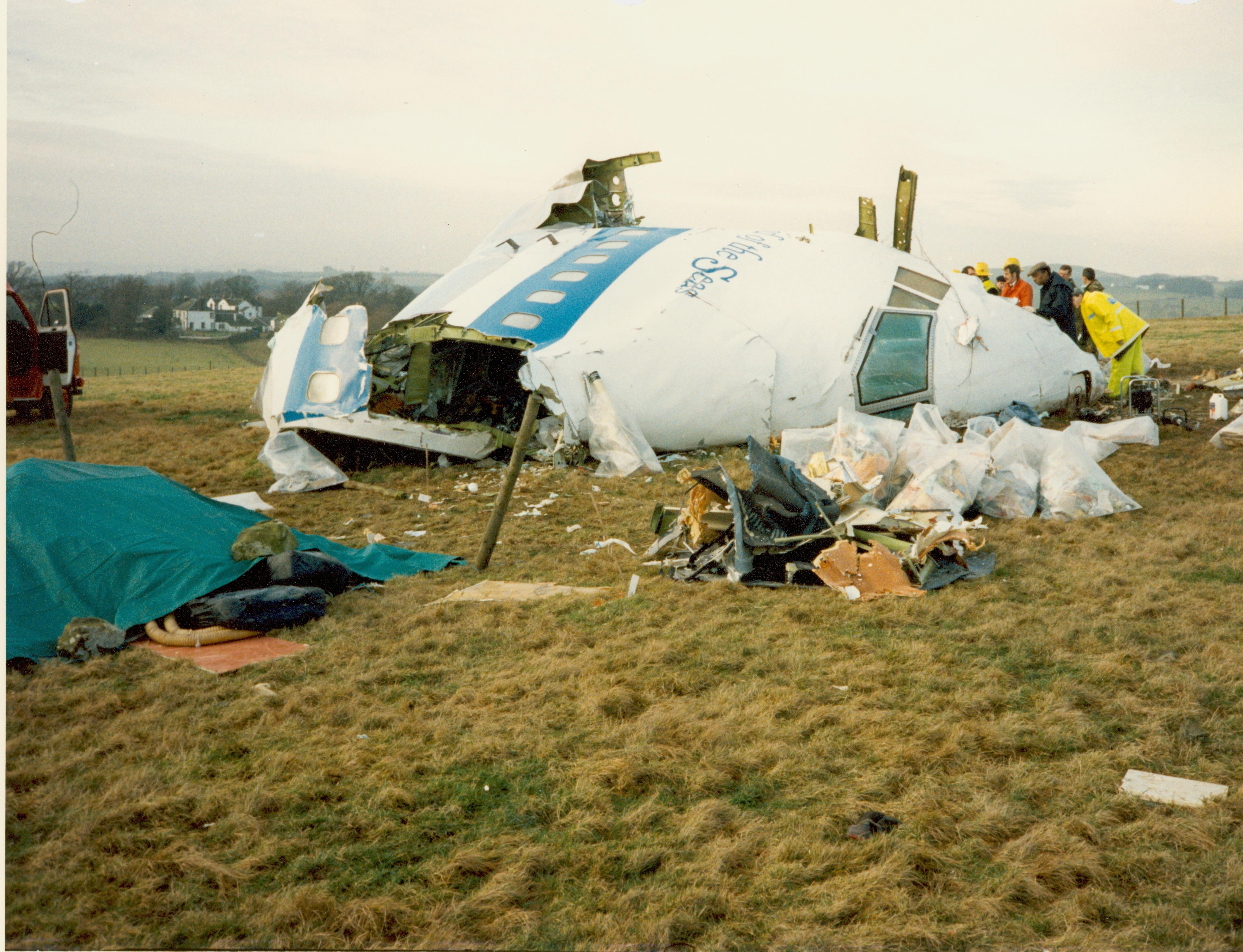
Willie and his wife had been dealing with their own problems that year. Two months before Lockerbie, tragedy had struck when their newborn baby girl fell ill and died. While the young fusilier faced the magnitude of the disaster that night in Lockerbie, the trauma returned when faced with the sight of a young victim.
"I was actually fine, although the freak out bit for me was opening a body bag, and a woman was holding her baby, and there wasn't a mark on the baby. It freaked me out. So, I was taken off that task after that.
"Taking it away from my own situation, we were a very young battalion. There was a lot of young men, young boys in fact. They had never seen death on this scale, never seen death never mind on the scale we saw at Lockerbie."
The ex-soldier said he knew comrades who had taken their lives as a result of Post Traumatic Stress Disorder (PTSD), and he believes dealing with Lockerbie could have contributed to their mental health problems.
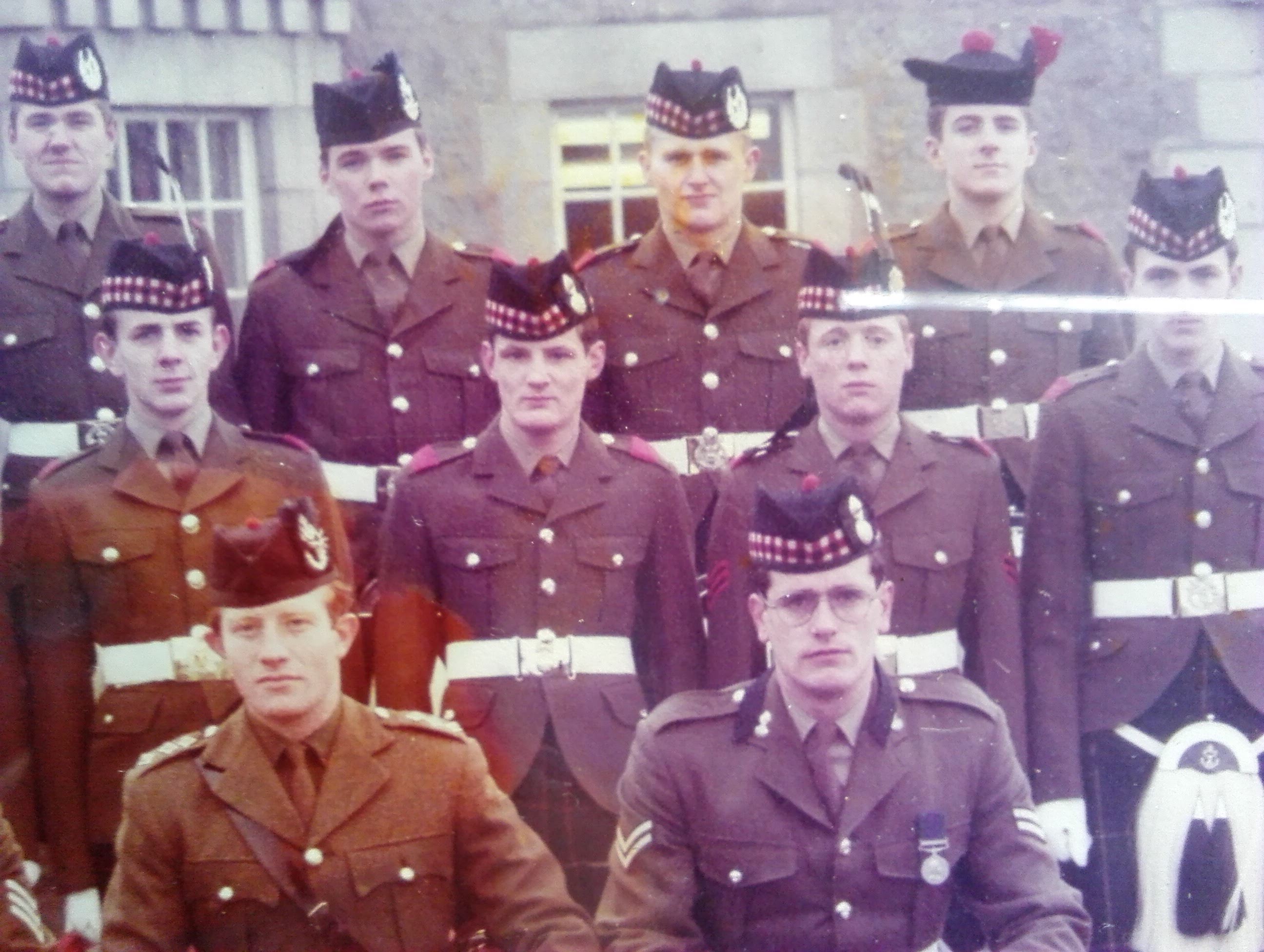
The Air Accidents Investigation Branch (AAIB) report found that debris from Flight 103 had travelled as far as 130 kilometres from the aircraft's position when the bomb detonated in its hold. This presented an enormous challenge to those involved in both the recovery of wreckage and the subsequent investigation.
Willie reflected that had the bomb gone off five minutes later, in his opinion, it would have instead been a naval operation.
"Even today, that's still the flightpath to North America. It's hard to prove, but I doubt they ever intended to blow it up over any country. I think they wanted it to go off over the sea."
Earlier on the day of the disaster, the doomed Boeing 747 had flown into Heathrow from San Francisco. It had remained at the airport for six hours. Many of the passengers for Flight 103 arrived from Frankfurt. They were transported, along with their luggage, to the waiting aircraft parked on stand Kilo 14.
Flight 103 took off at 18.25 in what the AAIB report described as an "unremarkable" departure. It reached its cruising altitude of 31,000 feet 31 minutes later. Seven minutes after that, at 19.03, the first hint of something going amiss was recorded when 'Shanwick Oceanic Control transmitted the aircraft's oceanic clearance, but the transmission was not acknowledged.' At the same time, Flight 103's secondary radar return 'disappeared.' The AAIB report stated that 'multiple primary radar returns were then seen fanning out downwind for a considerable distance.'
The AAIB report detailed the consequences of the bomb on the ground, five and a half miles below. It found:
"The complete wing primary structure, incorporating the centre section, impacted at the southern edge of Lockerbie. Major portions of the aircraft, including the engines, also landed in the town. Large portions of the aircraft fell in the countryside to the east of the town and lighter debris was strewn to the east as far as the North Sea.
"The complete fuselage forward of approximately station 480 (left side) to station 380 (right side) and incorporating the flight deck and nose landing gear was found a single piece in a field approximately 4 km miles east of Lockerbie."
This all caused havoc on the ground. The AAIB report summarised the damage caused by the incident in and around the town:
"The wing impact created a fireball, setting fire to neighbouring houses and carrying aloft debris which was then blown downwind for several miles. It was subsequently established that domestic properties had been so seriously damaged as a result of fire and/or impact that 21 had to be demolished and an even greater number of homes required substantial repairs."
Watch: Soldier's 'surreal' memories of Lockerbie Bombing tragedy.
As Willie and his Army colleagues continued in their efforts of helping the emergency services on the ground, stateside, relatives of those on board were learning of the disaster via the news or by telephone calls from the airline. Within days, Lockerbie became the epicentre of a joint investigation between Dumfries and Galloway Constabulary and the FBI. The inquiry would take three years and be later described as the UK's largest criminal inquiry led by the smallest police force in Britain by Scotland's Lord Advocate, the Rt. Hon Colin Boyd QC.
The FBI's investigation into Lockerbie is described by the bureau itself as one of the "most complex acts of international terrorism" it has ever investigated. It profiles the case on its website, detailing the intricate nature of the joint inquiry:
"Solving the case required unprecedented international cooperation—and hours upon hours of painstaking work. With the mid-air explosion 30,000 feet up, debris rained down over 845 square miles across Scotland. FBI agents and international investigators combed the countryside on hands and knees looking for clues in virtually every blade of grass, eventually turning up thousands of pieces of evidence. They also traversed the globe, interviewing more than 10,000 individuals in dozens of countries." – The FBI.
Ultimately, the FBI says, forensic experts determined that "one of the fragments found on the ground, no bigger than a thumbnail, came from in the circuit board of a radio/cassette player." It says:
"This evidence led to two Libyan intelligence operatives. In November 1991, the US and Scotland simultaneously indicted the pair for planting the bomb. On January 31, 2001, after years of working to extradite the men and bring the case to trial, Abdelbaset al-Megrahi was found guilty of the crime. The co-defendant was found not guilty and released." – FBI.
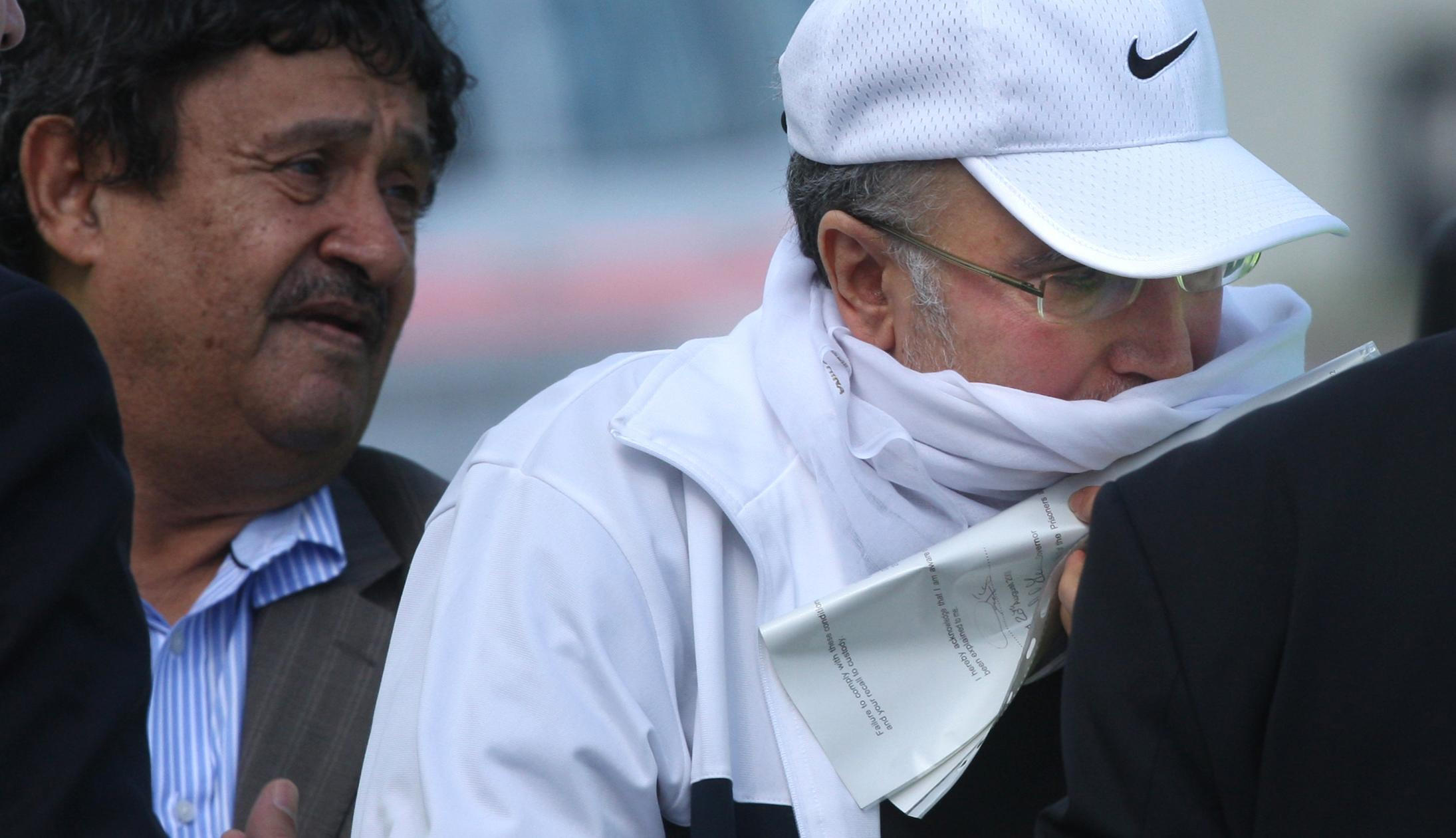
On January 31, 2001, al-Megrahi was convicted of 270 counts of murder. The trial heard that at the time of the attack, he was employed as an intelligence officer for the Libyan government and as head of security for Libyan Arab Airlines. He had been handed over to authorities in Europe following lengthy negotiations with then President, Colonel Muammar Gaddafi. The three Scottish judges presiding over the trial sentenced al-Megrahi to life imprisonment. His sentence was carried out in Scotland until his release on compassionate grounds in August 2009.
Willie said he felt a sense of satisfaction over the terrorist behind the atrocity being imprisoned in Scotland but that it "annoyed" him al-Megrahi was eventually released on compassionate grounds.
He said:
"That man should have died in a Scottish prison. But it was good to see someone convicted."
Willie only returned to Lockerbie for the first time since the bombing this year. Working as a coach driver these days following a career in Police Scotland, the 55-year-old veteran found himself driving a rail replacement coach through the town almost by chance. He said:
"It wasn't as horrible as I thought it would be, but there was still that thing in the back of my mind thinking 'the last time I was here was for different circumstances.'"
How does Willie, who served multiple tours of Northern Ireland and fought in the Gulf War, reflect on his experiences at Lockerbie all these years on?
He said Lockerbie was his most "enduring memory." He added:
"I don't want to say it was a once in a lifetime experience, but at the end of the day, it was. Hopefully, no one will have to endure that again, and people will continue to fly safely over Scotland.
"Looking back at it, because of all the other things that were going on in my life, I probably didn't deal with it the way I should have. And I know that some of the other guys still have flashbacks to it. But it's just one of those things that will never go away in my mind. And every year, on December 21, we all think about it, you know.
"We were offered no welfare support afterwards. That month, I got an extra 50p in my wages, but we donated that money to the Lockerbie fund."
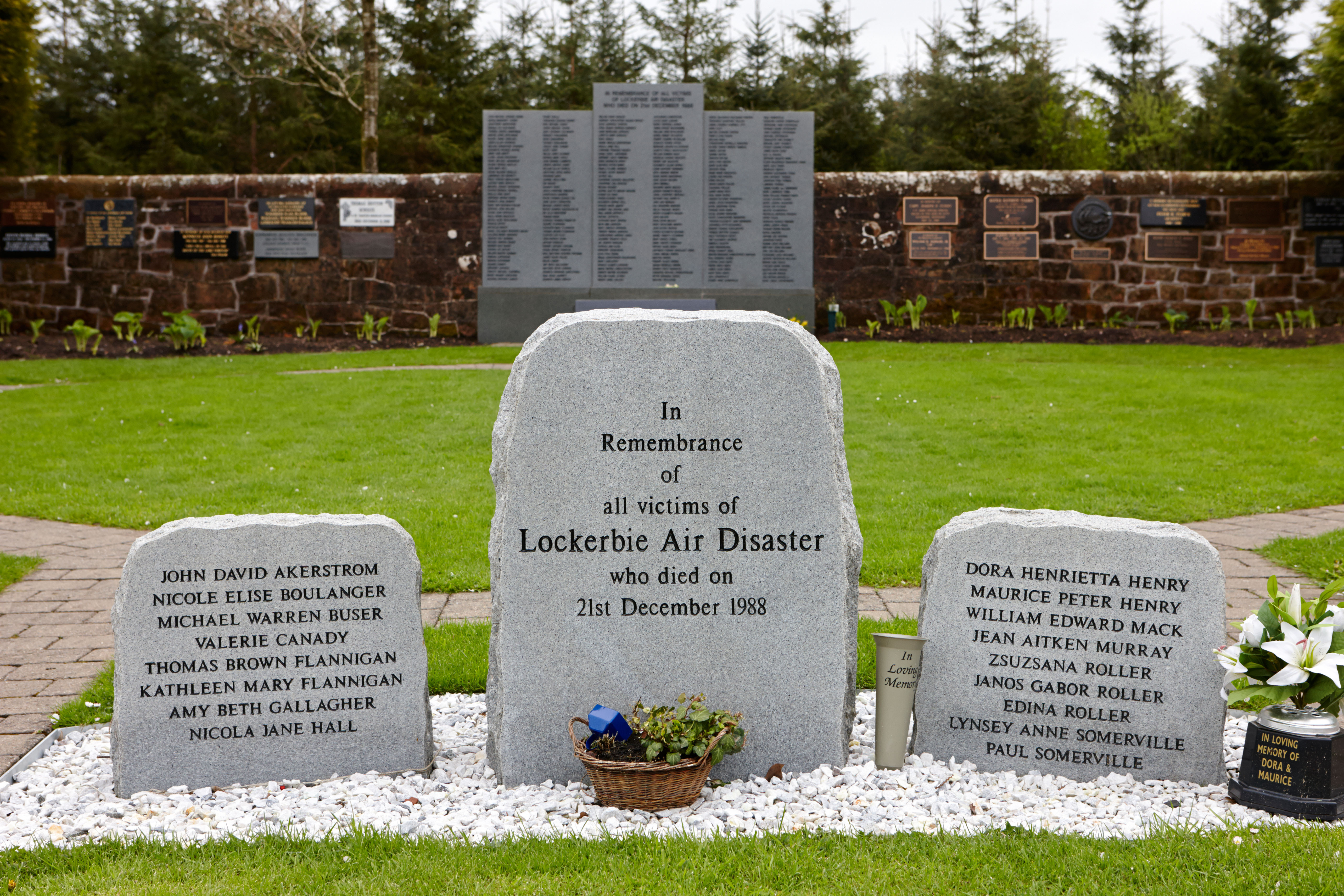
The AAIB report concluded that the Lockerbie bombing was "not survivable" for the passengers and crew on Flight 103. It found that "an improvised explosive device detonated" in a luggage container and the resulting "direct explosive forces produced a large hole in the fuselage structure."
In 2003, Libya's UN ambassador said that his country formally accepted "responsibility for the actions of its officials" concerning the Lockerbie bombing. The government subsequently paid compensation of around $8 million to each of the victims' families.
Abdelbaset al-Megrahi died of Pancreatic Cancer in May 2012 in Tripoli, Libya. He had been released from prison for two and a half years.
Pan American World Airways (Pan Am), one of the world's largest airlines for much of the 20th century, struggled financially in the two years following the Lockerbie bombing. In 1991, the airline filed for bankruptcy leading to 7,500 employees losing their jobs. The cause of this was not solely the bombing. Still, faced with $300 million worth of lawsuits from the victims' families and the fuel price crisis brought on by the Gulf War, its financial woes led to its demise. Once an esteemed name in the golden age of air travel, Pan Am became another failed airline, the third such American carrier to do so in 1991 alone.
Willie Reid served in the British Army for a further four years until 1992 before becoming a civilian custody officer in the Police. Today, he works for a coach company and still lives in Edinburgh.


